PLANts
Use regionally appropriate, low water-using and native plants. Once established, these plants require little water beyond normal rainfall. Also, native plants are adapted to local soils and climatic conditions. They rarely need fertilizer and are more resistant to pests and diseases.
- Recognize site conditions and plant appropriately
- Group plants according to their water needs
- Reduce lawn size; replace with native plants
Right plant, right place.
BackSelect a plant type to see some examples of water-smart species


✕
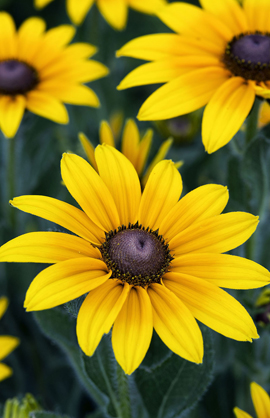
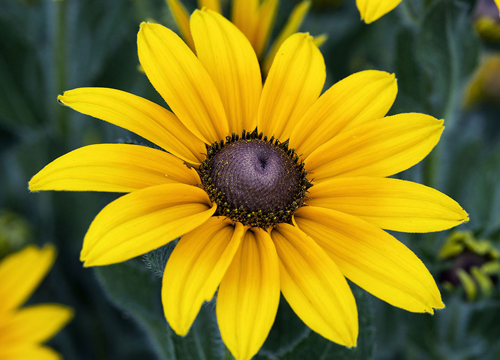
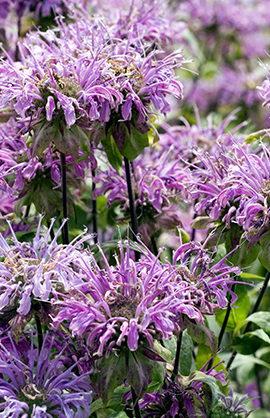
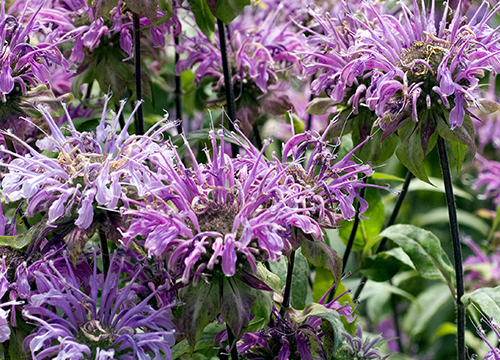
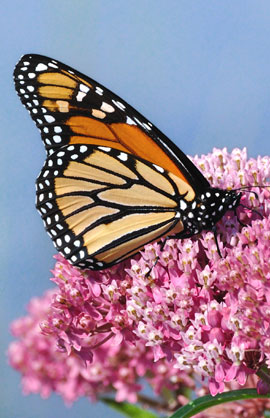
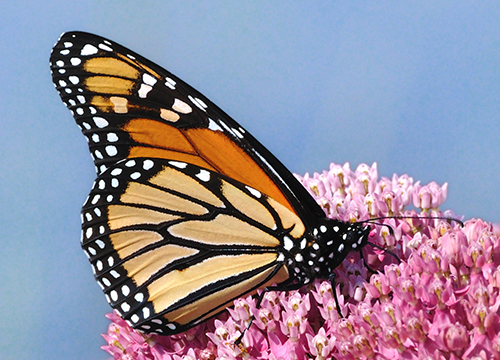
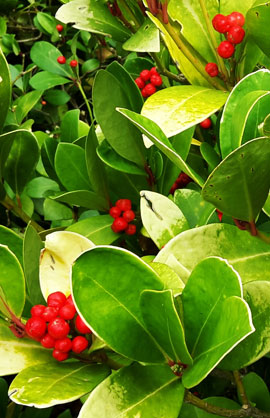
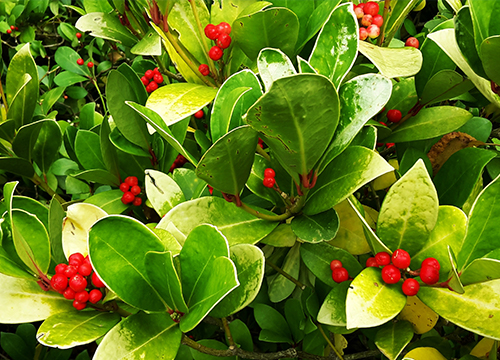
Perennials


Black-eyed Susan
(Rudbeckia hirta)


Bee balm
(Monarda)


Milkweed
(Asclepias)


Wintergreen
(Gaultheria procumbens)
✕

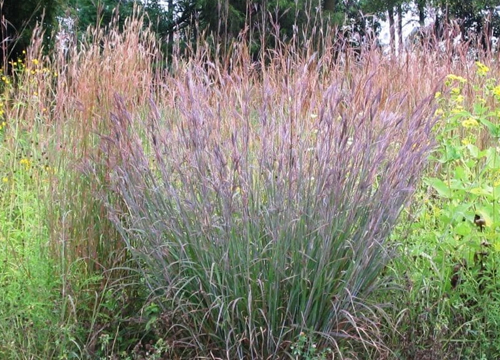

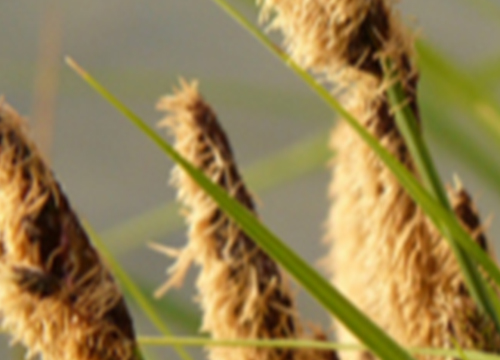
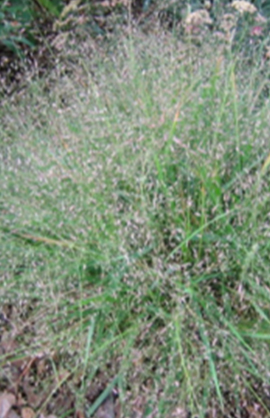
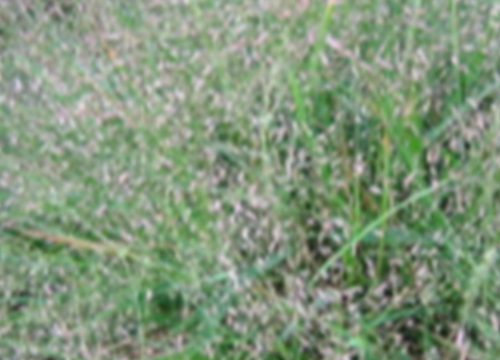
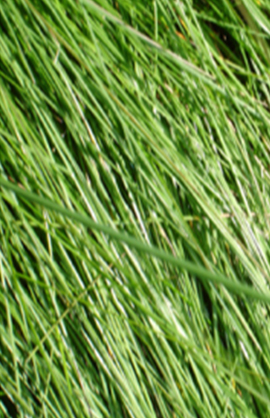
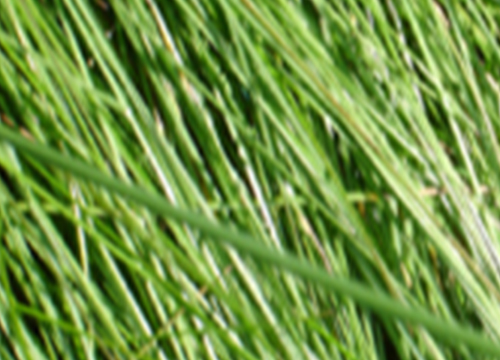
Grasses


Big Bluestem
(Andropogon gerardii)


Pennsylvania sedge
(Carex pensylvanica)


purple love grass
(Eragrostis pectinacea)


red fescue
(Festuca rubra)
✕

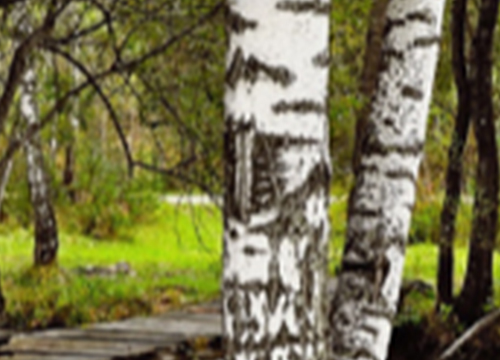

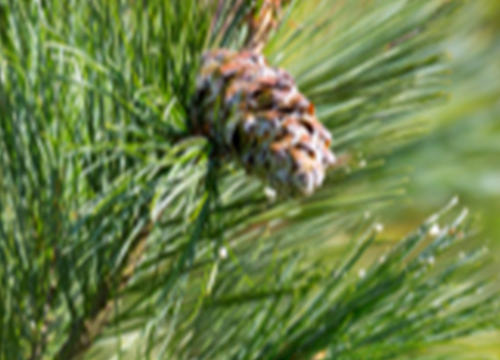

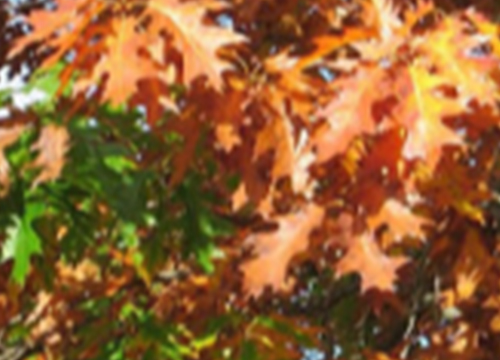
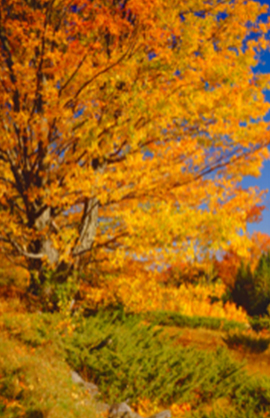
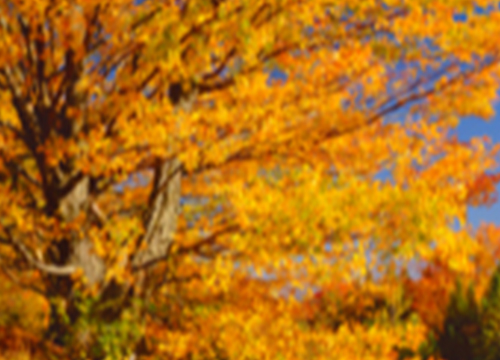
Trees


black birch
(Betula lenta)


eastern white pine
(Pinus strobus)


northern red oak
(Quercus rubra)


sugar maple
(Acer saccharum)
✕

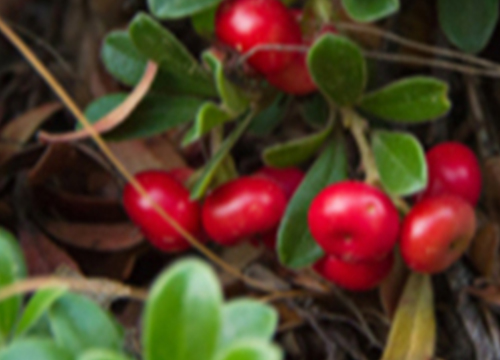

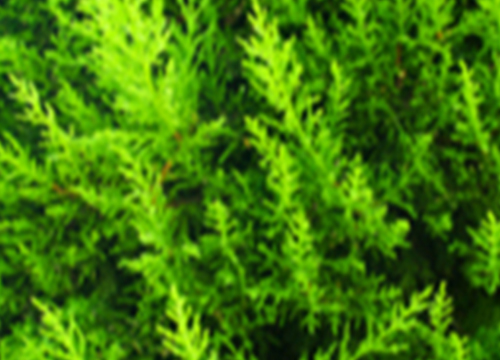

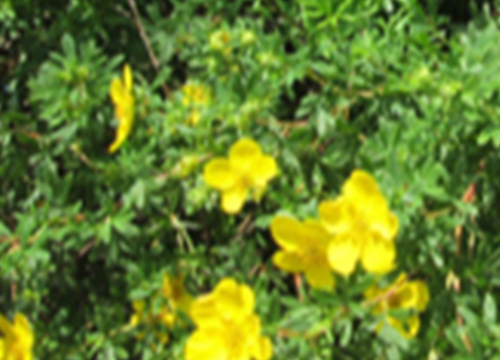

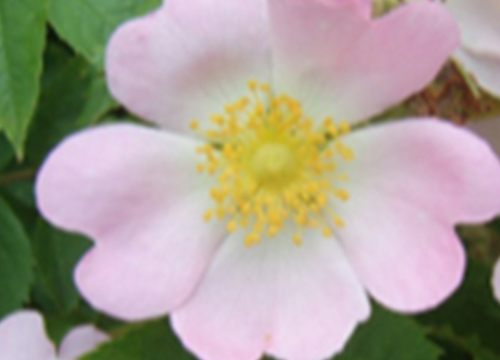
Shrubs


bearberry
(Arctostaphylos uva-ursi)


creeping juniper
(Juniperus horizontalis)


shrubby cinquefoil
(Dasiphora fruticosa)


virginia rose
(Rosa virginiana)
✕
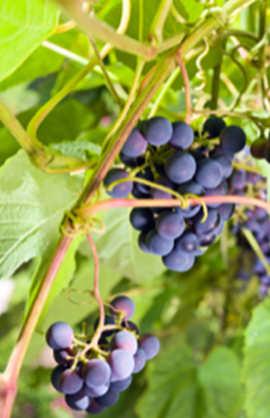
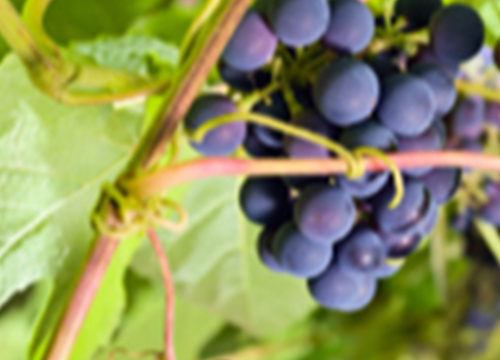
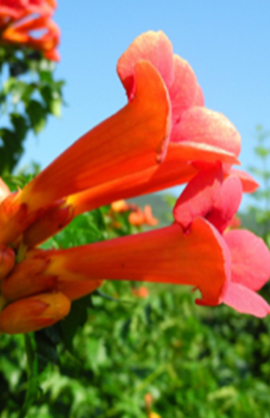
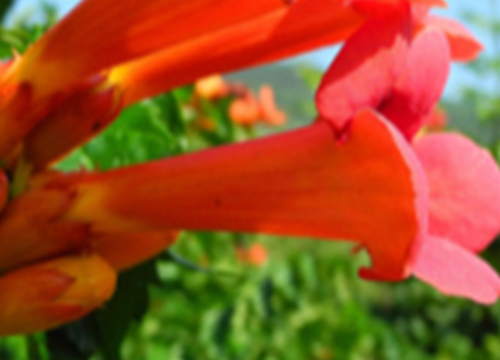
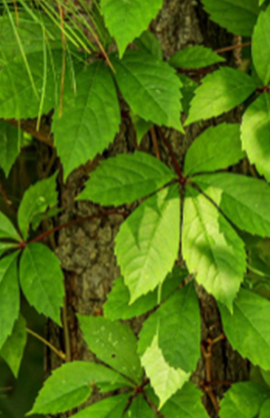
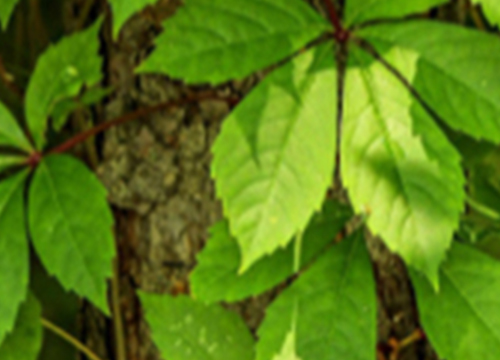
Vines


fox grape
(Vitis labrusca)


trumpet creeper
(Campsis radicans)

